Deterioration of stones
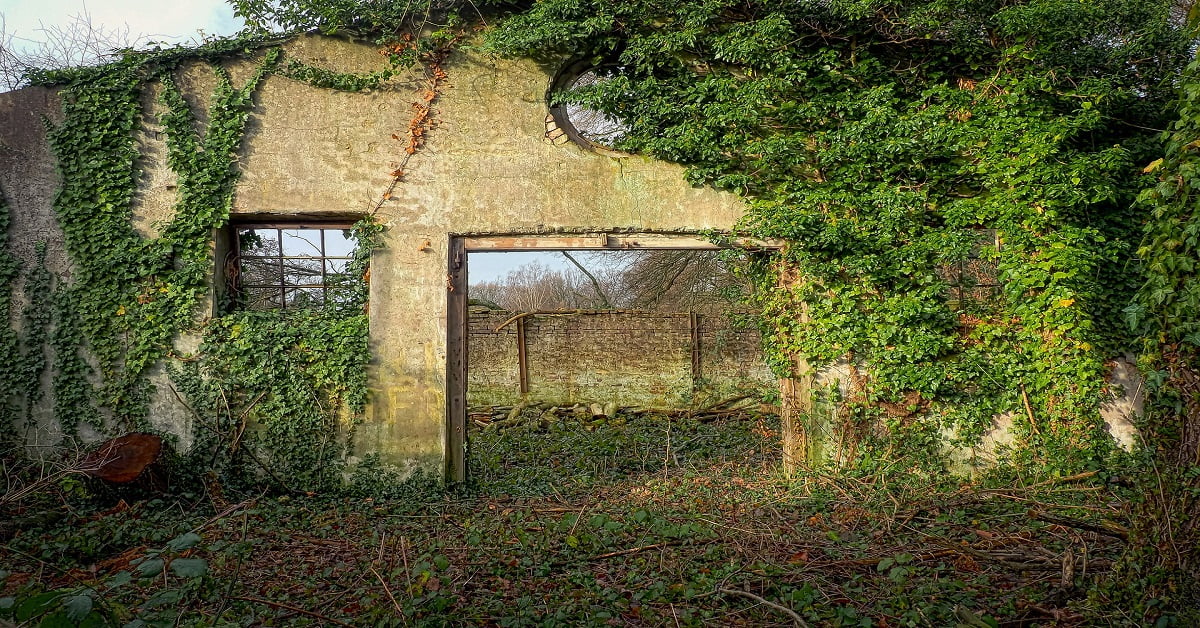
The building stones can undergo deterioration over time. The factors causing deterioration of stones are as follows:
Rainfall
- A stone gets wet due to rain and becomes dry when exposed to sun. This alternate wetting and drying generates internal stresses in the stone resulting in deterioration of the stone.
- In industrial areas, the harmful gases and acids contained in rain water also cause a damaging effect on the stone.
Temperature changes
- Naturally, stones also expand on heating and contract on cooling. Thus, the stone undergo deterioration as a result of frequent changes in its temperature. This is due to the presence of several minerals having different coefficients of linear expansion.
- This results in the production of cracks and thus weakening the stone.
Wind
- Wind action is a powerful scabbing process in the areas of strong winds lying on the borders of the deserts.
- Strong winds which are rich in sand and dust particles act as virtual sand papers, causing wear on the stone surface.
- Also, the water particles in the wind penetrate into the pores of the stones. This results in causing dampness in the stone which in turn results in deterioration.
Frost
- When the stone containing pores is used in the cold climatic conditions, the water in the pores freezes during winter. As a result, the water expands and exerts tensile stress from within the stone. Thus, the splitting of stone takes place due to this slow and steady process which repeats winter after winter.
- Frost action is capable of causing splitting and spalling on the surface of the stones. Thus, porous stones must be avoided in very cold places.
- The porosity and pore size distribution of a stone largely control its susceptibility to frost action.
Chemical action
- Water on reaction with atmospheric carbon dioxide produces carbonic acid. This carbonic acid has mild corrosive effect on stones.
- Also, the presence of smoke, fume, acids and acid fume in the atmosphere causes deterioration of the stones.
- In an Industrial town, the presence of acids and fumes cause adverse effect on stones containing carbonate of lime.
Mutual decay
- When different types of stones are used together, mutual decay of stones take place.
- For example, when sandstone is used under limestone, the chemicals brought down from limestone by rainwater to the sandstone will deteriorate it.
Salt Crystallization
- A major source of salts in urban environments is the reaction between air pollutants and stone.
- Crystallization of the salts is due to the presence of highly soluble salts like sodium chloride, sodium sulphate. These salts crystallizing within the pores of stones can generate stresses within the stone. This results in cracking of the stone.
- Less soluble salts such as calcium sulphate forms glassy, adherent films on the stone surface. This results in spalling of the stone.
Vegetable Growth and living organism
- The vegetable growth keeps the stone in wet condition by secreting certain acids. The roots of certain plants and trees secrete these acids in the stone joints. This constant dampness causes decay of the stone.
- The growth of lichens destroys limestone but act as protective coats for other stones. Molluses create a series of parallel vertical holes in sandstone and limestone, thus destroying them.
- The stone surface gets worn out due to the prolonged movement of human and cattle.
- Sometimes, certain insects bore holes into the stones and thus weakening the stones. These insects are found in sea and thus stones near the shores are affected by them.
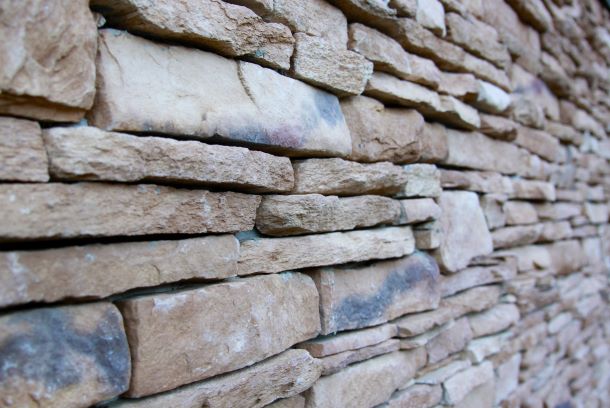
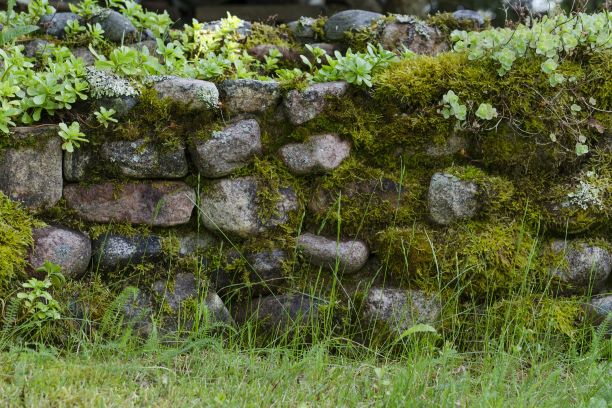

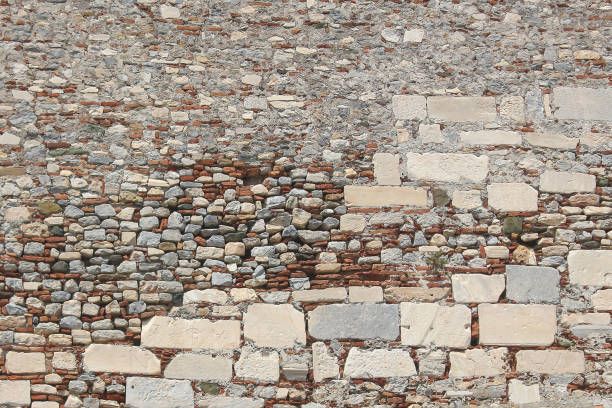


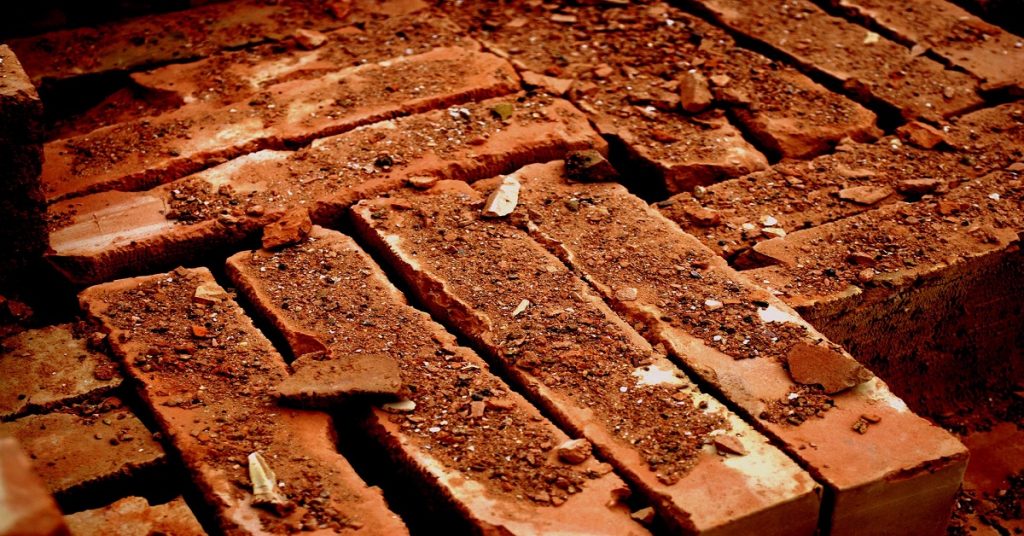

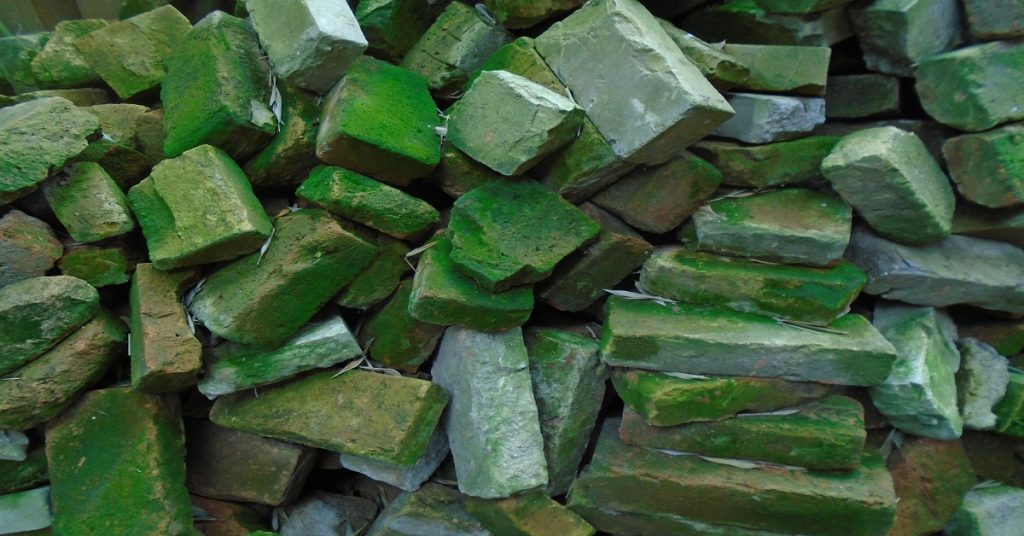
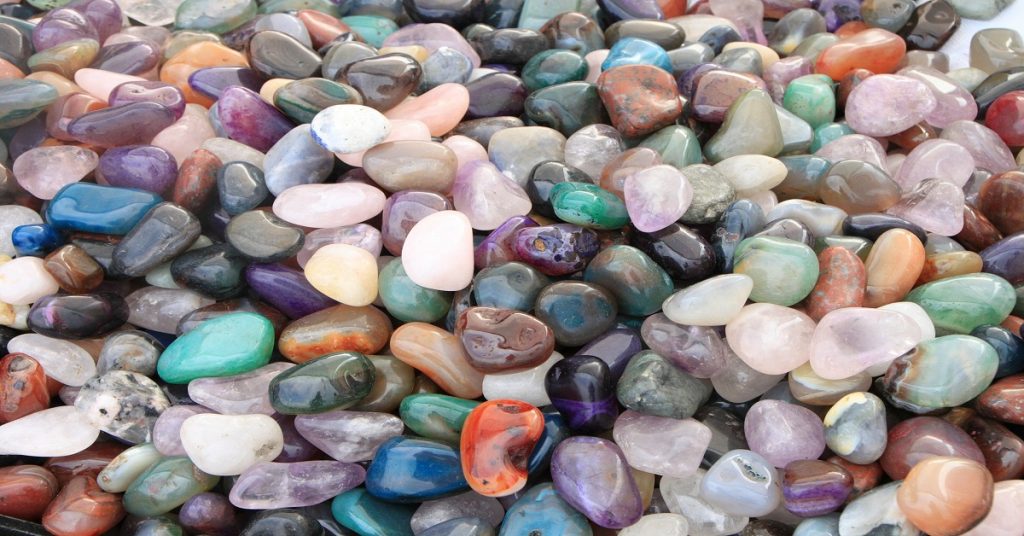
What’s up to every one, as I am really eager of reading this website’s
post to be updated daily. It consists of nice information.
It’s going to be ending of mine day, however before
finish I am reading this impressive article to improve my experience.
Really when someone doesn’t be aware of afterward its up to other users that they
will help, so here it happens.
Asking questions are genuinely fastidious thing if you are
not understanding anything entirely, except this article offers pleasant understanding
even.
Just wish to say your article is as surprising. The clearness in your
post is simply nice and i could assume you are an expert
on this subject. Fine with your permission allow me to grab your RSS feed to keep updated with forthcoming post.
Thanks a million and please keep up the enjoyable work.
Hello Jerrold,
Happy to hear appreciated, Jerrold. Hoping to surprise you in upcoming blogs too
I was more than happy to find this site. I wanted to
thank you for your time for this fantastic read!!
I definitely loved every part of it and I have you
book marked to look at new stuff on your blog.
Hello Lilla,
Great to know that you have stopped to appreciate us.
Thank you for your valuable time.
We will make sure that we stay bookmarked with our upcoming blogs.
Stay in touch